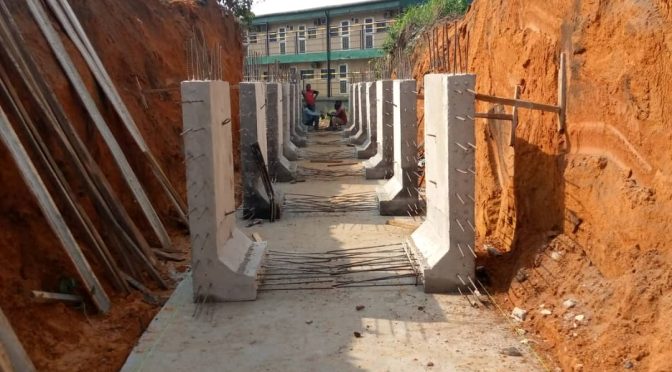By Engineer John Cee Onwualu (FNSE)

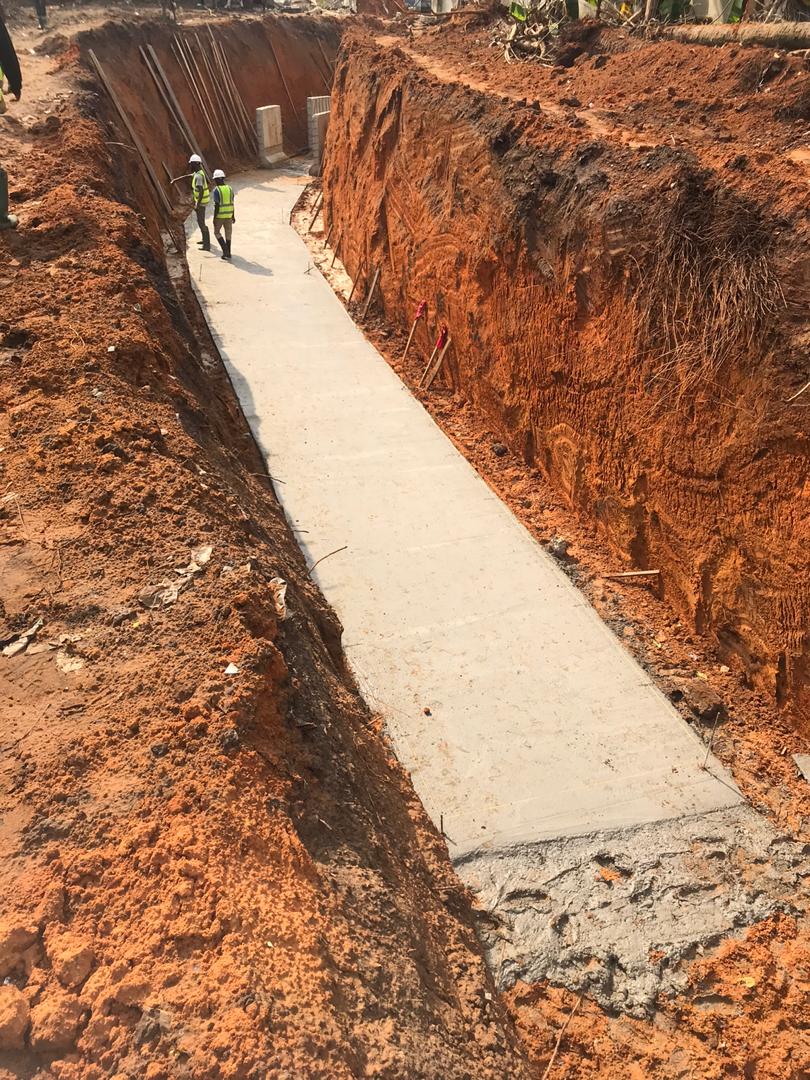

The details from the findings and observations of this study and design by Jefcon & Associates Ltd (Consultant) for the Stormwater Management and Control Measures for Asaba, Warri, Effurun and environs, showed that the topography of Asaba & its environs and that of Warri, Effurun & environs have similarities in its flood management and control approaches.
Due to the nature of the terrains, the study on these cities and their environs have recommended optimal and efficient Pre-cast Open and Closed (underground sewers) concrete systems. Therefore, the recommendations put forward for consideration and implementation for both project areas are that:
1. The natural watercourses and downstream primary drainage channels should be considered as Priority No.1. This involves clearing of the natural watercourses of weeds, waste, silt deposits and demolition of encroached properties along their paths; and construction of the downstream primary drainage channels that would receive flood water from the streets’ drains to these natural watercourses. This will bring immediate improvements to flood water discharge on existing systems that do not have discharge points.
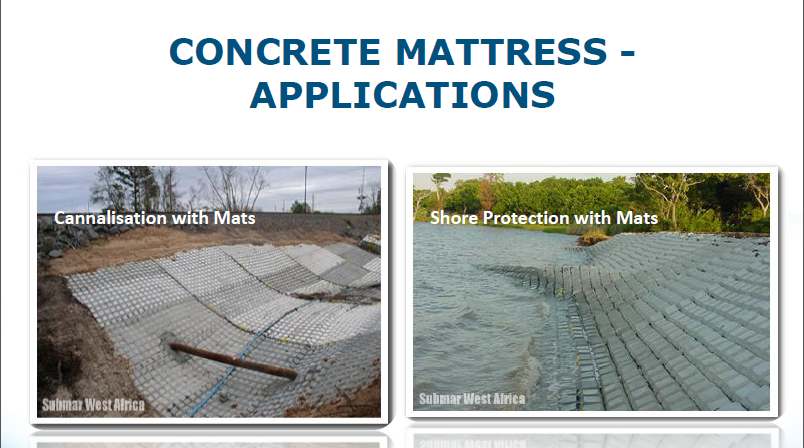
2. Canalization of some of the watercourses with concrete mattresses, (See the figure above) is recommended as Priority No.2. This involves the construction of 6m – 10m wide trapezoidal channels made with concrete mattresses. This will stop encroachment by property developers and create a definite demarcation of the natural watercourses. This will bring improvement on the existing systems while the construction of new infrastructures for more efficient and effective evacuation of flood water from the environment would be in progress.

3. The need for updated Survey Maps for Asaba, Warri, Effurun, and environs by the Delta State Ministry of Lands and Survey is recommended as Priority No.3. The presence of these maps will aid future planning and construction of infrastructural developments, as the lack of these maps has caused delays and increased project cost.

4. With the implementation of items. 1 &2 above, the need to construct drainage channels in flood-prone areas is recommended as Priority No. 4. The construction of these street drainage channels (tertiary and secondary channels) in the identified flood-prone areas will create greater improvement in flood management and control of the environment.

5. Government Ministries and Agencies in charge of urban development must stop approval of property developments on the natural watercourses and streets’ rights-of-way while identifying and demolishing those properties built on these mapped-out routes for quick evacuation of the flood water generated within the environment.
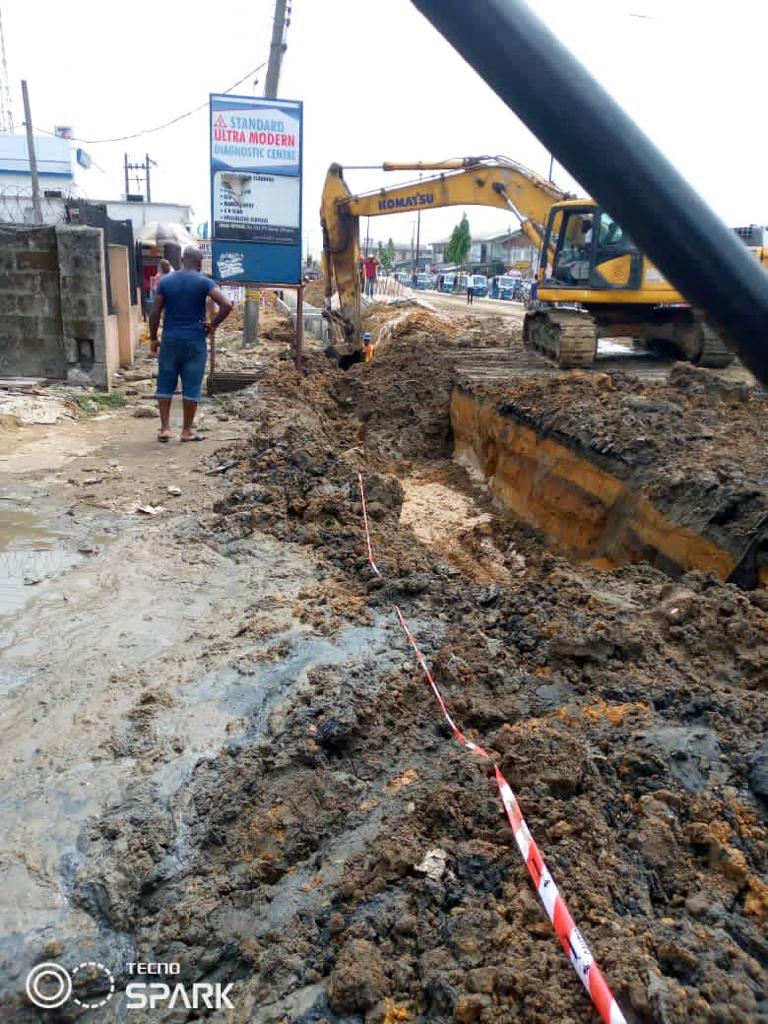
6. Government Ministries and Agencies in charge of drainages must have a holistic maintenance and repair response plan with a motivated team. This team should carry out a quick repair to damages on drainage channels as well as carry out periodic manual de-silting of the drainage channels.
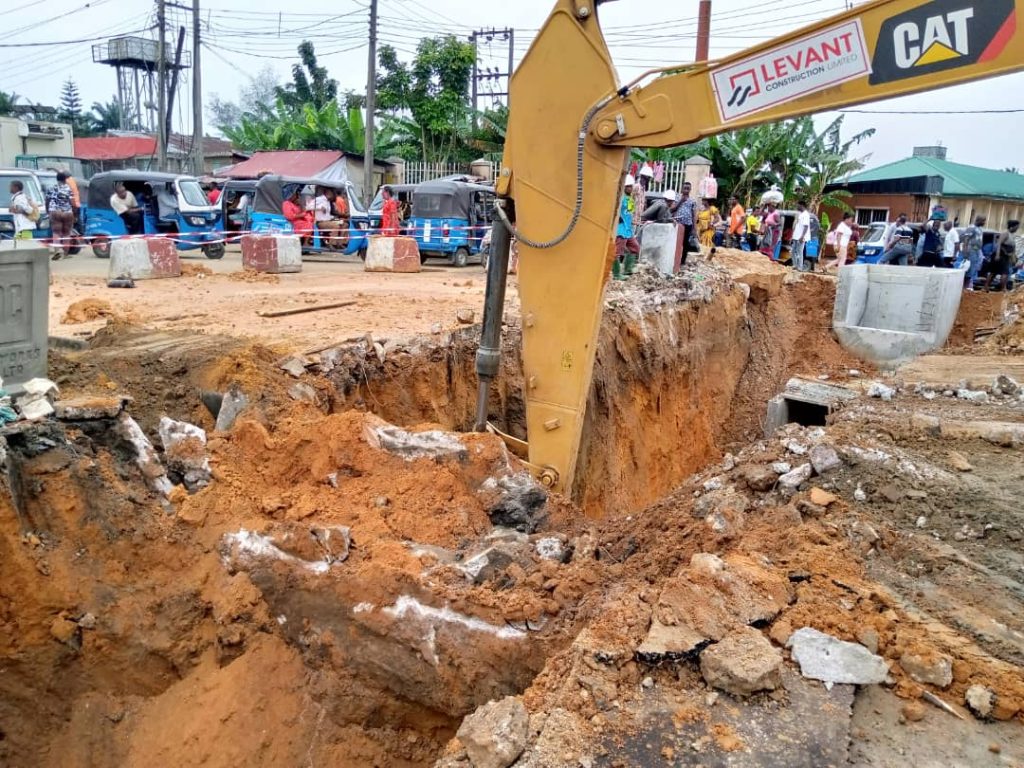
7. The State Orientation Agency and similar Agencies in charge of public enlightenment should do more at educating the populace on the hazards associated with the discharge of waste materials and blocking of drains and natural watercourses, as studies have shown that some see it as a normal way of living.
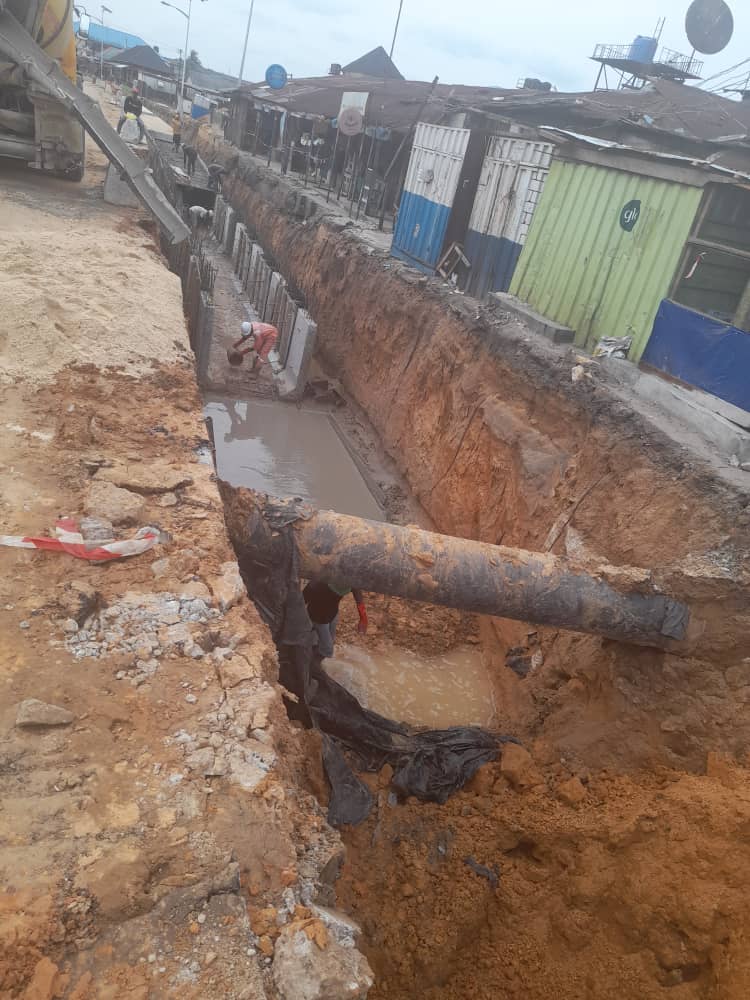
8. The government should make it mandatory for property developers to create more areas for grassing and vegetation than stone or concrete interlocking pavements, as the use of the latter increases runoff in the streets.
In the next article, we take a look at the merits of these recommended options.
